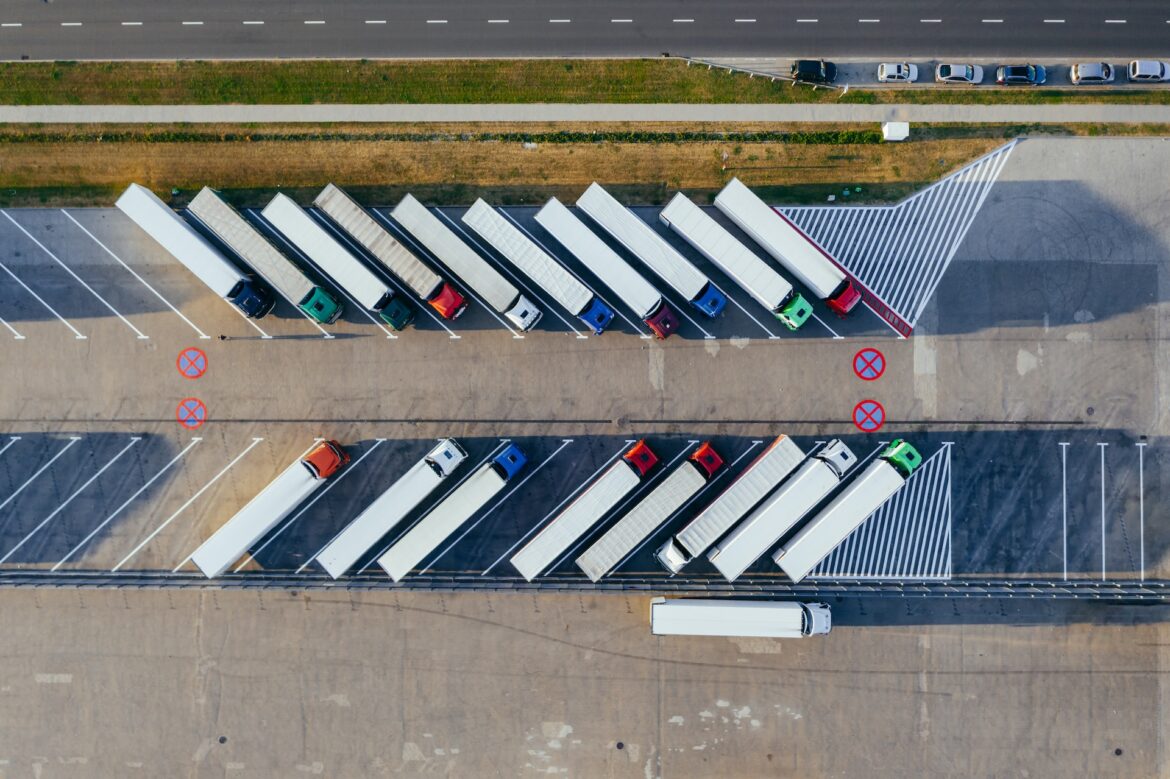The concept of the ‘Golden Logistics Triangle’ has gained significant attention in recent years, especially since COVID-19. Approximately 4.2 billion parcels were sent and received in 2021 and this strategic geographical region is a powerhouse for logistics and supply chain operations.
In this article, we’ll define the core elements of the Golden Logistics Triangle and explore its impact on business and trade.
What is the Golden Logistic Triangle?
The phrase ‘golden triangle’ was first coined in the 1980s and refers to a small area of land in the middle of the East Midlands that is renowned for its logistic prowess. It encompasses some 289 square miles and spans the space between the M1, M6 and M42 motorways. This goes as far west as Birmingham and as far north as Nottingham.
Key Elements of the Golden Logistics Triangle
The success of the Golden Logistics Triangle stems from its unique combination of location, infrastructure and economic vitality.
Location
The placement of the triangle is pivotal to its success and has led to a high demand for space within this area. It is within a 4-hour drive of 90 per cent of the UK population and easily accessible by major motorways, airports and railways, making it prime real estate.
This also allows logistics businesses to keep up with the heightened demands of online retail. Businesses can replenish their stock more rapidly and keep up with quick delivery times, making services like same-day couriers in Birmingham and other major cities.
Infrastructure:
The Golden Triangle boasts an impressive 150 million square feet of warehouse space. This is more than the combined warehouse space in Greater London, Scotland and Wales. The area boasts a range of occupiers who benefit from the area’s connectivity and access to a skilled labour force.
Economic Vitality:
As online sales surged during the pandemic, work was booming for the logistics industry and it shows no sign of slowing down. The location and infrastructure paired with demand make logistics one of the fastest-growing industries in recent years.
Economic Impact
The number of business premises used for warehousing and logistics in the UK has almost doubled in the last decade. It has also driven the growth of the transport and storage industries. This has contributed significantly to GDP growth, job creation and increased trade opportunities as the area expands to keep up with consumer demands.
Future Prospects
We live in a time where the face of logistics is changing. Next-day delivery is no longer fast enough, and businesses are developing to offer services that give them a competitive edge.
As online sales accelerate, there is an increasing need for warehouse space so the Golden Logistics Triangle will need to adapt to changing market dynamics if it is to maintain its relevancy.




